It’s a miracle. Liquid Death has created a billion-dollar brand, almost overnight, out of the elixir of life, that most precious but most commoditised of commodities, commonly known as water.
It’s a remarkable tale, all the more so as it follows the sobering revaluation of so many of the previous unicorns dreamed up in the food and drink industry’s giddy quest for the next big thing. So how has it been done? Here are 10 reasons.
- It’s a great name. Ironically ‘death’ has been used to sell alcoholic drinks and even cigarettes, but using it for the safest, most healthy product possible is a further satirical and disruptive inversion.
- The branding is brilliant. The name is complemented by a heavy metal look and feel: on shelf, it pops. In the hand it turns heads.
- Its advertising – promising to ‘murder thirst’ – is humorous, punkish, irreverent, cartoonish (but in a shockingly violent adult way) and mocking of the establishment.
- Social media has pump primed the hugely memorable and shareable content.
- It’s surfing the anti-plastic wave. Liquid Death makes a heaven out of its (endlessly recyclable) metallic packaging, and a hell out of polluting plastic bottled water rivals.
- It’s an adult soft drink brand. Sounds obvious, but in our more temperate times it oozes attitude for those who don’t want to draw attention to their non-alcoholic-drinking status (an audience that is not just limited to Gen Z).
- It’s expanding its portfolio: moving into complementary categories such as flavoured sparkling waters (watch out Dash!) and iced teas is giving Liquid Death more strings to its bow.
- It’s American. The Mecca of buying stuff and raving about it. And based in California, the hype is turned up to 11. US sales are going through the roof with triple-digit growth for the third consecutive year.
- It’s going global. In the UK it’s carefully picking its distribution partners, with Tesco for volume and Nisa/Co-op for the niche, curated convenience market, and Amazon for online.
- It’s backed to the hilt by investors. With this week’s fundraise it’s raised over $250m. As such, Liquid Death’s fortunes are as far removed from the UK’s ‘working class startups’, those bootstrap entrepreneurs featured in our cover story, who are prevailing without privilege. They deserve attention and celebration (and more support).
Of course there are lots of reasons why Liquid Death shoudn’t work: the cans are enormous and, unlike plastic bottles, unportable/unsealable; it looks so much like an alcoholic beverage that it’s likely to attract disapproving glances in offices; and you do wonder about the sustainability claims of a brand that relies on packaging to sell water.
But Liquid Death has taken on a life of its own. It will surely go far.



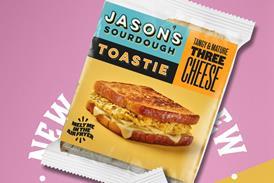

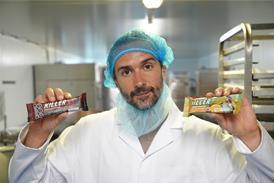



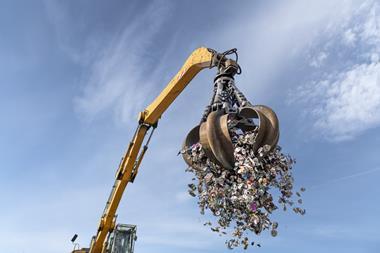

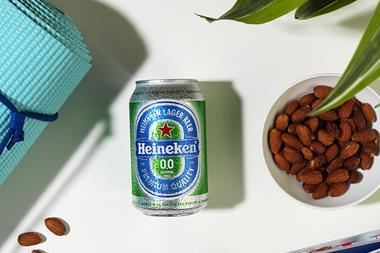
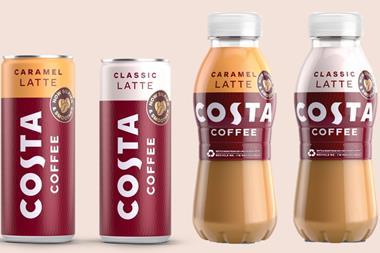




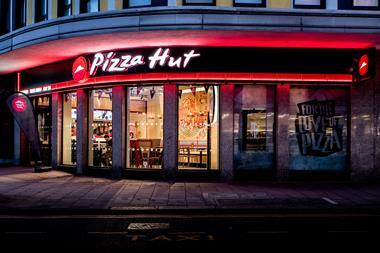
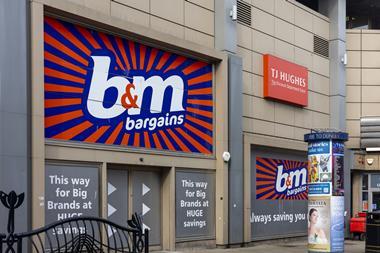

No comments yet